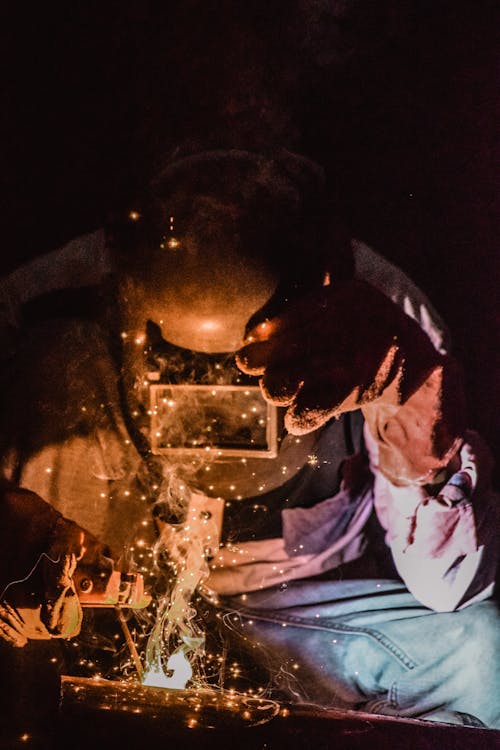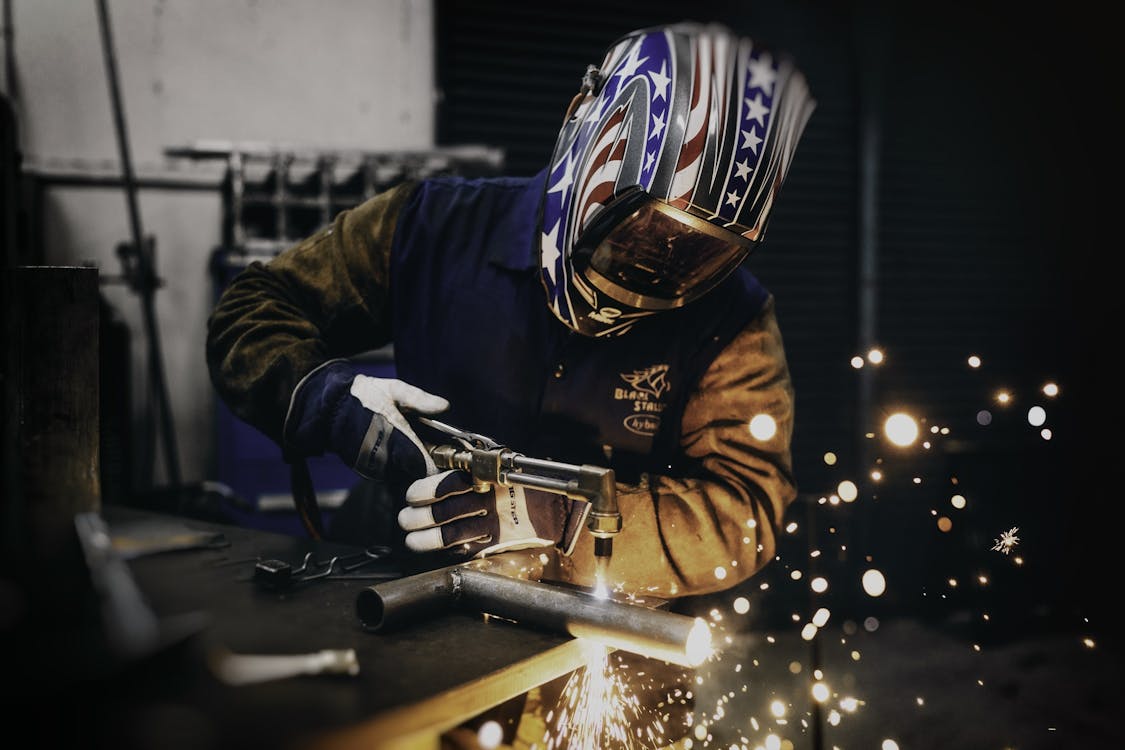Welding Basics: TIG, MIG, Stick – Which is perfect for me?

How two components are joined together can largely affect the durability and life-span of the completed part. In the welding process, two metal pieces are fused using heat using one of the three most common methods of welding. These are TIG, Stick and MIG welding. All of which are used in different applications.
Stick Welding

The most common of the three welding methods would be stick welding. Ideal for the amateur or DIY welder, this joint/weld is achieved by the passing of an electric current between the stick and the respective metal. This welding stick is called the electrode, which works to melt before combining with the metal piece upon contact – forming the bond.
Stick welding is then broken down into two popular forms: AC and DC Stick Welding. For thinner material and finer work, the DC Stick Welding is best. Whereas when using thicker metals where this cleanliness of the joint is not of the highest concern, AC Stick Welding would be more appropriate as well as more affordable too.
MIG Welding
Metal Inert Gas (MIG) Welding is another one of the most common techniques which result in a neater, more professional and stronger bond than the stick welding. MIG welding also tends to be more expensive than the stick. This method of welding differs from the aforementioned Stick Weld in that, instead of an electric current passing through the stick to melt and form the bond; this time, the filler wire feeds through the torch and is then melted by the arc to form the joint. A gas then passes through the torch which prevents oxidation between the two pieces being joined. This oxidation needs to be prevented as any oxidation could negatively affect the strength of the bond as well as cause damage to the pieces themselves.

TIG Welding
The last of these common welding techniques are a lot more professional and is the most difficult of the three techniques to master. Tungsten Inert Gas welding yields the cleanest, strongest as well as the “neatest” bond. When operating a TIG Welding Machine, the operator can set and manipulate the temperature to gain more control over the welding process. Similar to the MIG welding process, gas passes through the TIG welding torch to prevent oxidation and to create a cleaner joint.
Tools4Steel has all the above types of welders currently available for sale.
Check out some of our great offerings on these here

Comments
Edmund Nyamupepema says
Do you sell multi-process welders as well?
Add comment
replies
Add comment